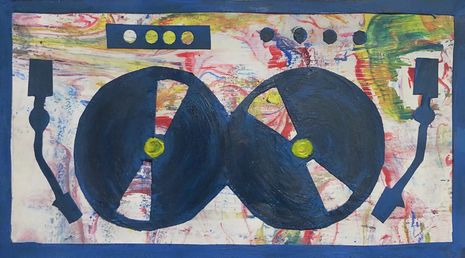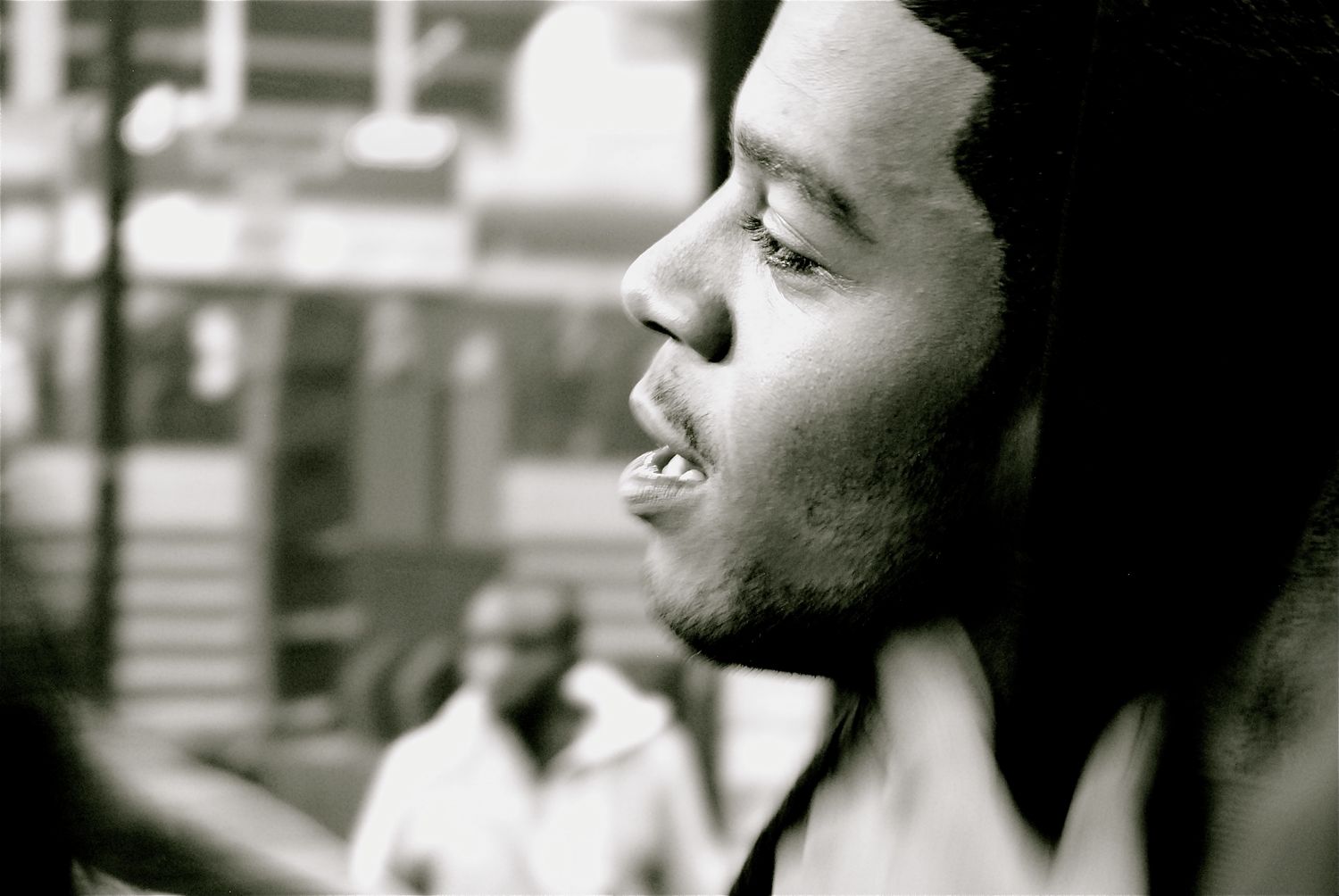The Genre of 2021: A Journey through the UK’s Alternative Hip Hop Scene
Sharleen Opia explores UK rap and how it could be the genre of the future

The UK chill rap scene has almost become the antithesis of the mainstream UK rap scene, swapping heavy beats and memorable choruses with a meditative, soft and atmospheric sound. Refreshingly different, the genre also disregards the heavily autotuned, rhythmically afro-derivative and melodically bashment-inspired sounds of artists such as J Hus, NSG and Not3s and instead finds inspiration from the more easygoing sounds of jazz and RnB.
The genre has been described as ‘lo-fi Rap’, ‘Jazz Rap’ and ‘Underground’. ‘Underground’ music exists outside of or in opposition to mainstream popular music and, similarly, the lo-fi genre (or ‘bedroom music’) emerged as a concept during the rise of home recorded music, as a consequence of the technological revolution. It created a wave of independent artists who crafted their own unique sound, aiding in the deconstruction of the historically elitist nature of the music industry.
Rappers like Ayrtn are reinventing what UK rap means
Within the underground scene, artists are able to avoid rap stereotypes; their momentary existence outside of the music industrial complex allows them to emphasise sound, focus less on marketability and build individual personas outside of the caricature-like personalities, often pressured onto rappers. Thus, the scene has become a safe space for artists to find freedom and expression outside of gender norms, racial stereotypes and the contemporary neoliberal appropriation of the arts. In the UK underground scene I was exposed to frank discussions on mental health, nuanced discourse on ‘hood politics’ and unapologetically queer bops, which contrast the often unashamedly homophobic UK rap scene.
“Underground artists are able to delay the inevitable commodification of their art.”
Underground artists are able to delay the inevitable commodification of their art. Creating music with the direct intention of making money turns one's art into currency, and within contemporary society, the commodification of art is inevitable. However, the delay between capital accumulation and the creative process that smaller artists experience, allows a level of distance and mental separation between the two. Making money remains a hypothetical aim and mentally, the focus is on the immediate goal of making art for art’s sake. The solace of this process, in my opinion, is reflected in the quality of music created by underground artists. A lot of mainstream music comprises of the contemporarily prevalent sound and the charts can often become a monolith of almost identical auditory experiences; this lessens the intimate nature of the relationship between artist and consumer, as artists try to magnetise audiences into streaming rather than experiencing their music.
Ayrtn, one of the artists headlining the UK chill rap scene, lyrically leaps from syllable to syllable in his tracks, on top of mellow, jazz-derivative samples. He creates a uniquely atmospheric sound, juxtaposed by his lively, cheeky and faithfully London vocals. His new project ‘Ghost…’ boasts hypnotising instrumentals and he has personally cited nature as aesthetic inspiration; his beats feel like a journey through lush greenery. In the comical interlude ‘Skit Uno’, he proves this by seamlessly transitioning his beats into an ambient soundscape of nature sounds, forming the background of a conversation that could have been overheard on the London Underground. Thus, as an artist, Ayrtn unites the natural and the urban to create the sublime euphony that is his unique sound.
Lausse the Cat, whose tracks I could only describe as Shakespearean-adjacent storytelling, has not released music in two years and yet remains extremely influential on the scene. His music reads like literature; he incorporates an extended feline metaphor in his name to preserve his anonymity and in his songs to create folkloric narratives. He has created a microcosm within the genre, a fantasy world that transcends his music and forms part of his artistic identity. He weaponises anonymity in order actively to remove himself from the cult of celebrity and, instead, embody his art. His most popular song ‘Redstripe Rhapsody’ integrates sound bites of real life, creating a surround sound experience akin to an audiobook. The song narrates a story of a group of friends chilling in a park – a generally mundane activity – yet his storytelling is laced with intertextual references to Othello and the Bible, coupled with vivid sensory and natural imagery that transports listeners to another realm. Lausse begins the song with the gentle introduction of layers of instrumentals and throughout the song constantly unravels and rebuilds these layers, creating a sense of timelessness through both instrumentation and storytelling.
The temporary state of invisibility when being an alternative, ‘underground’ artist has been transcended by rappers such as Loyle Carner (who has amassed 2 million monthly listeners on Spotify), and many more artists from the scene are gradually rising to mainstream. Other notable names include the Elevation Mediation collective from West London, which includes some of the main artists from the scene: Finn Foxell, P-rallel, Lord Apex, Xav and Louis Culture. They have performed a concert for the famous ‘Boiler Room’ online music platform, whose YouTube channel has 3 million followers. The scene is ever-growing and artists have even been featured in the popular Spotify playlists ‘Jazz Rap’ and ‘Mellow Bars’. In 2021, it could be the genre to flow straight into all our playlists, offering us the perfect sound to enter the year with immaculately soothing vibes.
 Comment / Plastic pubs: the problem with Cambridge alehouses 5 January 2026
Comment / Plastic pubs: the problem with Cambridge alehouses 5 January 2026 News / New movement ‘Cambridge is Chopped’ launched to fight against hate crime7 January 2026
News / New movement ‘Cambridge is Chopped’ launched to fight against hate crime7 January 2026 News / Uni-linked firms rank among Cambridgeshire’s largest7 January 2026
News / Uni-linked firms rank among Cambridgeshire’s largest7 January 2026 News / SU stops offering student discounts8 January 2026
News / SU stops offering student discounts8 January 2026 News / Cambridge businesses concerned infrastructure delays will hurt growth5 January 2026
News / Cambridge businesses concerned infrastructure delays will hurt growth5 January 2026









